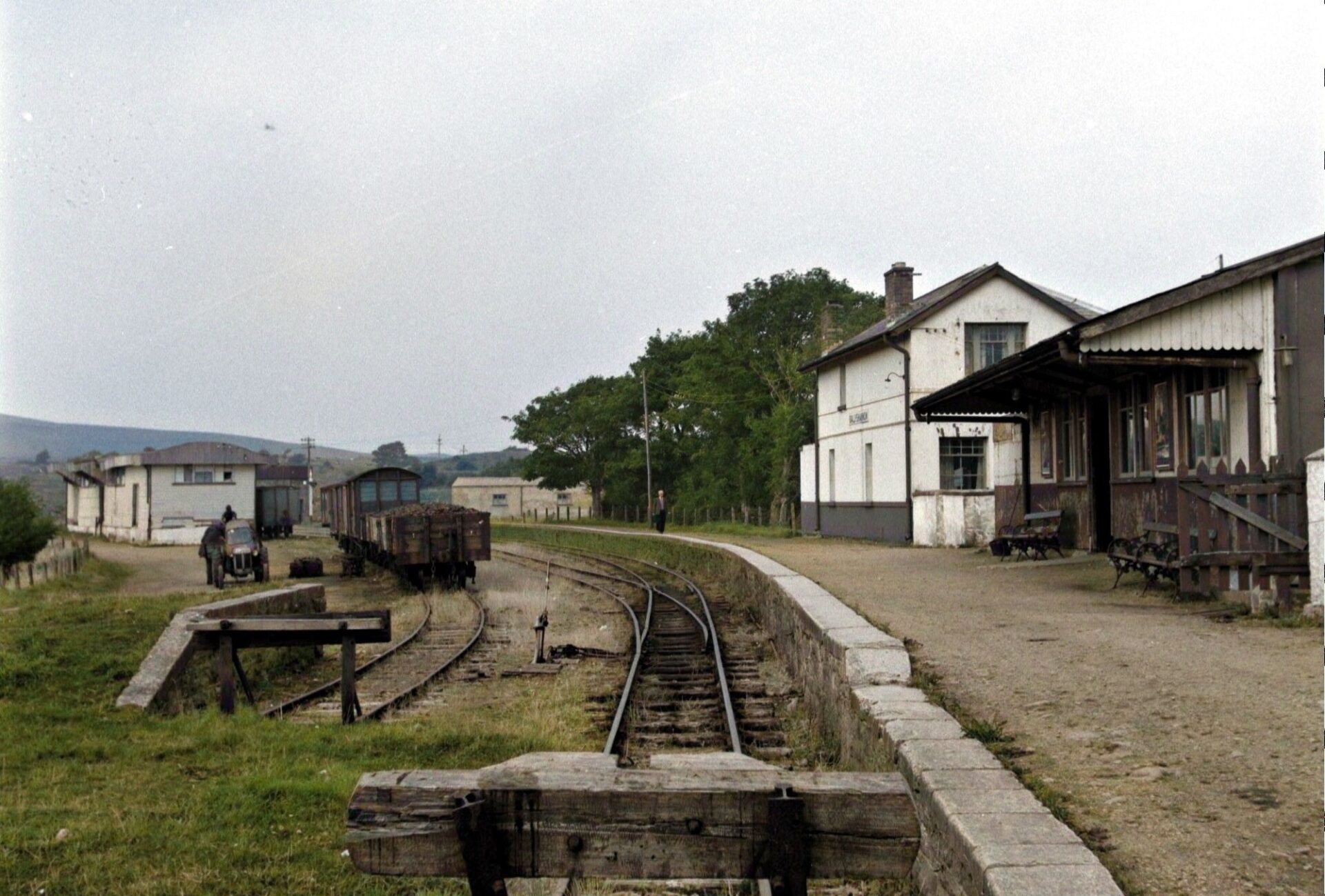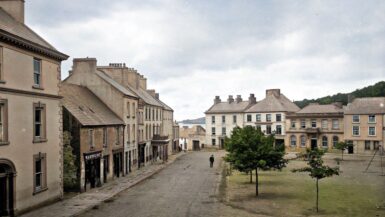The Ballyshannon CDR Railway Station, once a bustling hub of activity and transportation in County Donegal, Ireland, boasts a rich and intricate history. From its inception to its eventual closure, the station played a pivotal role in shaping the local community and the broader Irish railway network. This comprehensive exploration delves into the station’s origins, operations, significant events, and enduring legacy.
The Beginnings: West Donegal Railway Era
Establishment and Early Years
Ballyshannon CDR Railway Station was inaugurated on September 21, 1905, marking a significant milestone in the expansion of the Donegal railway network. It served as the terminus of the Donegal Railway Company line, which connected Donegal to Ballyshannon. This connection was part of a broader network initially established by the West Donegal Railway.
Expansion and Integration
In its early years, the Ballyshannon station was an integral part of the West Donegal Railway. However, following the railway industry’s reorganization, it became part of the County Donegal Railways Joint Committee (CDR). This transition marked a new chapter in the station’s history, integrating it into a more extensive railway system.
The Golden Age of Railways in County Donegal
County Donegal Railways Joint Committee
Under the CDR, the Ballyshannon station was part of a 125-mile narrow gauge system. This system was not only the largest in Ireland but also the British Isles, offering extensive connectivity across County Donegal.
The Strabane to Stranorlar Finn Valley Railway
The original Finn Valley Railway, opened in September 1863, was a precursor to the network that included Ballyshannon. It cost £70,000 and employed 650 laborers, showcasing the significant investment in the region’s rail infrastructure.
Expansion and Challenges
The West Donegal Railway’s expansion, notably the Stranorlar to Donegal Town tracks, faced financial hurdles. Despite these challenges, the line eventually reached Donegal Town and further expanded to Killybegs, illustrating the commitment to developing the region’s railway network.
Key Milestones and Events
The Branch Line to Ballyshannon
The branch line connecting Donegal Town to Ballyshannon, completed in 1905, was a notable addition to the CDR’s network. It not only enhanced connectivity but also stimulated economic and social development in the region.
Decline of Passenger and Freight Services
The decline of the Ballyshannon station and the broader CDR network began in the mid-20th century. Passenger services on certain lines ceased in 1947, and freight services, including the transport of cattle, sheep, and turf, were discontinued in March 1952. This decline was indicative of the broader challenges facing the railway industry in Ireland and across the British Isles.
The End of an Era
The Final Journey
On December 31, 1959, a poignant moment in the station’s history occurred. The departure of the No. 4 Meenglass locomotive from Donegal Town, as recounted by Paddy Meehan, symbolized the end of a 96-year-old era of rail transport in County Donegal. This event marked the closure of a significant chapter in Irish railway history.
Closure and Aftermath
Ballyshannon CDJ Railway Station officially closed on January 1, 1960. The subsequent removal of railway tracks and the deterioration of locomotives and carriages at Strabane station signified the end of a once-vibrant rail network. This closure left a lasting impact on the community, who mourned the loss of an essential transport link.
People and Stories
Notable Personalities
The station and the CDR network were home to many unique individuals, such as Driver Joe Thompson and Guard Tommy McCafferty. Their dedication to the railway, even running a “ghost train” after the official closure, highlights the deep connection people had with the railway system.
Legacy and Preservation
Donegal Railway Heritage Centre
In 1995, the Donegal Railway Heritage Centre was established in the old station house in Donegal Town. This center serves as a tribute to the rich history of the CDR and the Ballyshannon station, ensuring that the memories and stories of this vital railway network continue to be shared and celebrated.






Leave a reply